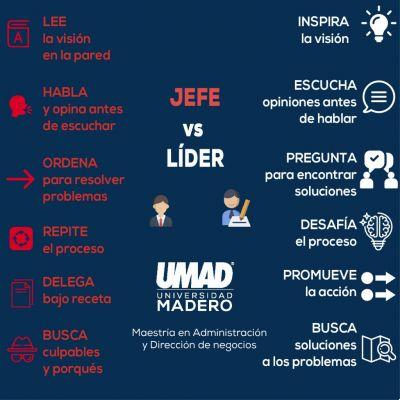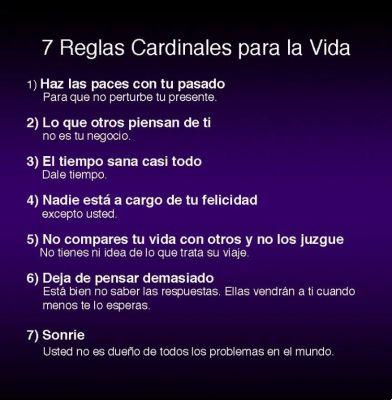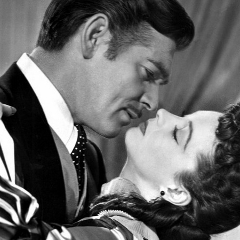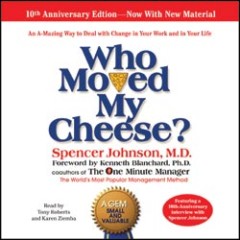Assimilating and memorizing information can be a complicated challenge. This is why today we want to talk to you about five effective study techniques that can help you when the notions you have to study do not motivate you too much.

Last update: 29 November 2019
The reason that leads us to talk to you about different study techniques, avoiding focusing on just one, lies in the fact that each of us is better suited to a certain way of assimilating and memorizing information than to another. Some students have a visual approach, while others record themselves reading their notes and then listen to each other again.
Today we want to introduce you to five effective study techniques that you can, if you wish, combine with each other. The goal is to give people who are studying (at school, university, etc.) a little help in preparing for an exam or a test.
5 useful study techniques
1. Emphasize only the important notions
In many studies, underlining is spoken of as one of the ways to "[…] highlight the important information we are reading".
This action allows us to better manage the time we have available for the study. When we go to reread the pages studied, we will focus only on the underlined information. This way, we will memorize what is important and leave out what is not.
Underlining is a way to highlight important information in each paragraph. Later, when a second reading is made, more attention will be paid only to the parts that have been underlined.
2. Read aloud
The second study technique we want to tell you about is reading aloud. This simple action allows us to focus on what we are reading even when the topics are quite boring. Reading aloud also improves our understanding. Many students use this technique for better memorization of the information contained in the text.
Reading aloud allows students to repeat the most difficult topics to understand allowing them to acquire the ability to explain them in their own words. It is one of the best study techniques and gives good results.
3. Effective study techniques: summarize
Many students make summaries because they prefer to study over a text produced by them. However, sometimes it is difficult to separate important information from what is not. This technique could represent a next step compared to the previous two.
After making a summary - which allows a student to express himself in his own words and to facilitate the memorization of information - we recommend that you underline the important parts of the text you have produced. This will allow you to make your study time more productive when the time comes to review.
4. Make a diagram
Some people fail to study from the summaries. They believe it is a step that can be skipped because they prefer to make patterns. This belief is quite common in those with highly developed visual (or photographic) memory. Through the patterns, these people are able to see more clearly what is important and what is not.
Outlines help you remember meaningful concepts quickly without having to resort to pages and pages of summaries. The student can use his own words to express the information that has been schematized. To make an outline, you have to read the entire text.
In creating an effective outline, use short sentences, express concepts clearly and create a structure that allows the student to remember the information. It is the most personal of the study techniques.
5. Use mnemonic rules
If a student has found that they are comfortable using patterns, but there are still concepts that they cannot memorize, he can resort to mnemonic rules. They do require some training, but are very useful and effective.
Here is a very simple example. Imagine studying the OCEAN (or Big Five) model, but you can't memorize some of the personality traits that make it up. A mnemonic rule could be the following:
- A: friendship.
- C: conscientiousness.
- A: open-mindedness.
- S: emotional stability.
- E: extraversion.
When talking about this model in an exam, just remember the word ACASE, and complete the explanation with the rest of the information. This technique is effective for remembering lists and can be used in many ways.
Of the study techniques we have presented to you, which one do you use? Do you use only one or do you combine more than one? We sincerely hope that the techniques we have presented to you will serve you. Now you know that if one doesn't fit your study habits, you can try another. Don't despair, the results will come!
"Studying is not the act of assimilating ideas, but of creating and recreating them"
-Paulo Freire-


























